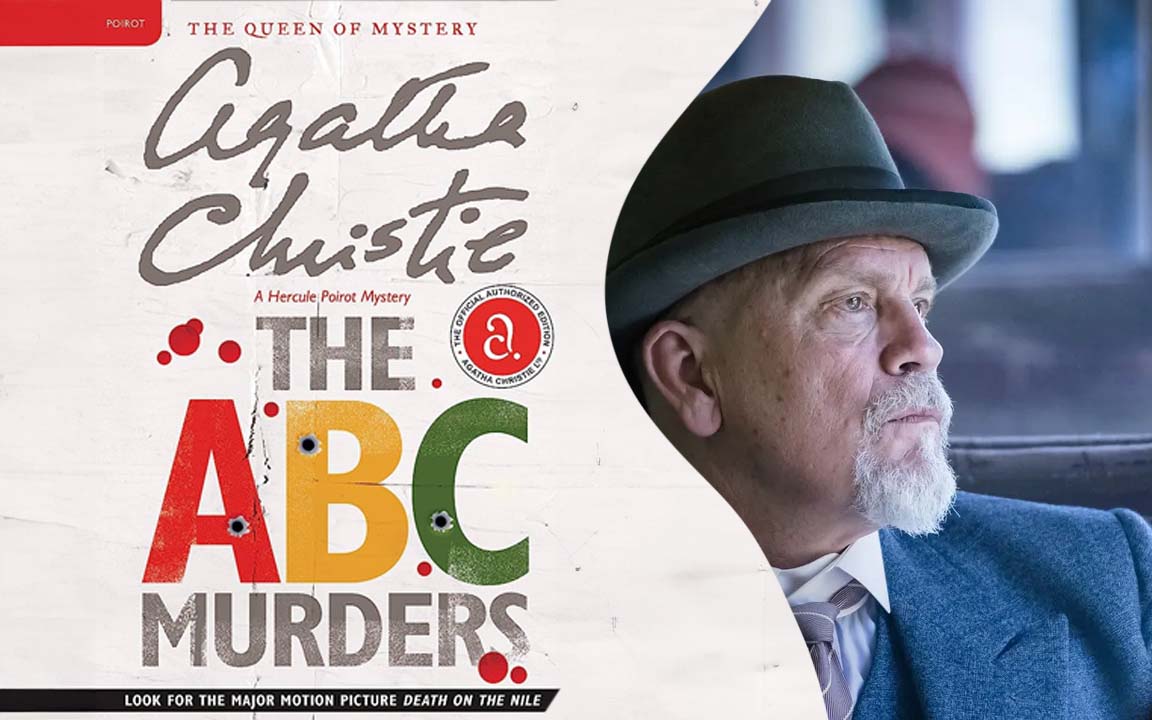How Did the ABC Killer Choose His Victims in "The ABC Murders"?

There's also a three-part series on Amazon!
How is the "ABC" killer choosing his victims in "The ABC Murders"?
The ABC killer in Agatha Christie's novel doesn't select victims at random — he follows an alphabetical order.
This is evident from his killings: Alice Ascher in Andover, Betty Barnard in Bexhill, and Sir Carmichael Clarke in Churston. Additionally, before each murder, Poirot receives a guidebook marked with the letter corresponding to the next murder location and victim's surname initial.
What are the red herrings in "The ABC Murders"?
Red herrings are deceptive clues meant to divert attention away from the real culprit. In "The ABC Murders", several red herrings are used:
- The alphabetical pattern of murders, which at first seems like the main motive but is used to obscure the real reason behind the crimes.
- Alexander Bonaparte Cust, the traveling salesman suffering from amnesia, who becomes a prime suspect but is ultimately proven innocent.
Who committed the ABC murders?
Franklin Clarke is the mastermind behind the ABC murders. He manipulated Cust, using him as a pawn to execute the alphabetical murders. By creating an elaborate plot with multiple victims, Clarke hoped to mask his true motive: the murder of his wealthy brother, Sir Carmichael Clarke, and inheriting his fortune.
How does "The ABC Murders" end?
At the conclusion of "The ABC Murders", it's revealed that the real murderer isn't Cust, the traveling salesman. Instead, the true killer is Franklin Clarke. Clarke masterminded the entire scheme, using the alphabet murders as a smokescreen to mask his real motive: inheriting his brother's wealth by killing him and making the murder seem like a part of a series.